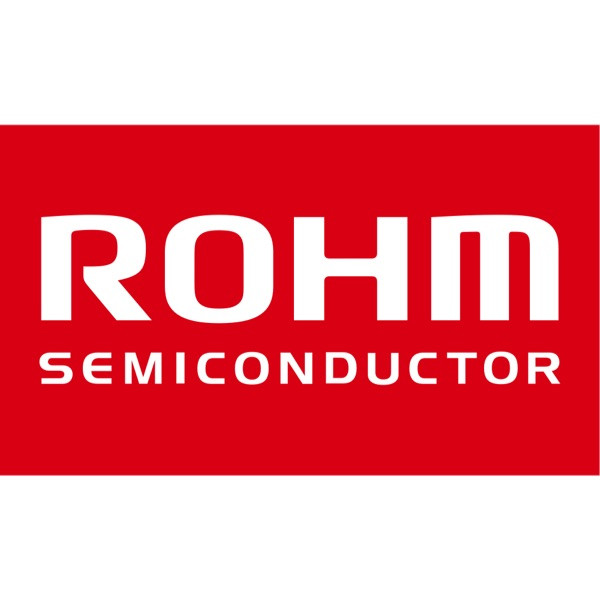Building the future of AI with optimised solutions for NVIDIA 800V architecture
23-06-2025 | ROHM Semiconductor | Power
As AI continues to redefine the boundaries of computing, the infrastructure powering these advancements must evolve in parallel. A leader in power semiconductor technology, ROHM is among the key silicon providers supporting NVIDIA's new 800V High Voltage Direct Current (HVDC) architecture. This marks a pivotal shift in data centre design, enabling megawatt-scale AI factories that are more efficient, scalable, and sustainable.
The company's power device portfolio spans silicon and wide bandgap technologies, including SiC and GaN, offering a strategic path for data centre designers. The company's silicon MOSFETs are already widely adopted across automotive and industrial sectors, delivering a cost-effective and reliable solution for today's power conversion needs. These are excellent for applications where price, efficiency, and reliability must be balanced, making them a strong fit for transitional stages of AI infrastructure development.
A standout example is the RY7P250BM, a 100V power MOSFET endorsed by major global cloud providers designed specifically for hot-swap circuits in 48V power systems – an essential component in AI servers. Key features include best-in-class SOA performance and ultra-low ON resistance (1.86mΩ) in a compact 8080 package. These characteristics help reduce power loss and improve system reliability, which are crucial requirements in high-density, high-availability cloud platforms. As data centres transition from 12V to 48V and beyond, hot-swap capability becomes critical for maintaining uptime and protecting against inrush currents.
Industrial-grade rectification with minimal losses is an area where the company's SiC devices excel, aligning with NVIDIA's plans to deploy its 800V HVDC data centre architecture on a large scale to power 1MW compute racks and beyond. At the heart of NVIDIA's new infrastructure is the conversion of 13.8kV AC from the grid directly into 800V DC. The initiative is designed to address the inefficiencies of traditional 54V rack power systems, which are constrained by physical space, copper overload, and conversion losses.
The company's SiC MOSFETs deliver superior performance in high-voltage, high-power environments, providing higher efficiency through decreased switching and conduction losses, greater thermal stability for compact, high-density systems, and proven reliability in mission-critical applications. These characteristics align perfectly with the requirements of the NVIDIA 800V HVDC architecture, which aims to lower copper usage, minimise energy losses, and simplify power conversion across the data centre.
Complementing SiC, the company is advancing gallium nitride technologies under the EcoGaN brand. While SiC is best suited for high-voltage, high-current applications, GaN offers excellent performance in the 100V to 650V range, with superior breakdown field strength, low ON resistance, and ultra-fast switching. Its wide EcoGaNTM lineup includes 150V and 650V GaN HEMTs, gate drivers, and integrated power stage ICs. At the same time, proprietary Nano Pulse Control technology further enhances switching performance, reducing pulse widths to as low as 2ns. These innovations support the growing demand for smaller, more efficient power systems in AI data centres.
Beyond discrete devices, the company offers a lineup of high-power SiC modules, including top-side cooling moulded packages such as the HSDIP20, equipped with advanced 4th Gen SiC chips. These 1200V SiC modules are optimised for LLC topologies in AC/DC converters and primary-side applications in DC-DC converters. Engineered for high-efficiency, high-density power conversion, they are particularly suited for the centralised power systems envisioned in NVIDIA's architecture. Their robust thermal performance and scalability make them ideal for 800V busways and MW-scale rack configurations.
The transition to an 800V HVDC infrastructure is a collaborative effort. The company is committed to working closely with industry leaders, such as NVIDIA, data centre operators and power system designers, to provide the foundational silicon technologies needed for the next generation of AI factories. Its expertise in power semiconductors, especially in wide-bandgap materials like SiC and GaN, positions it as a key partner in developing solutions that are not only powerful but also contribute to a more sustainable and energy-efficient digital future.



